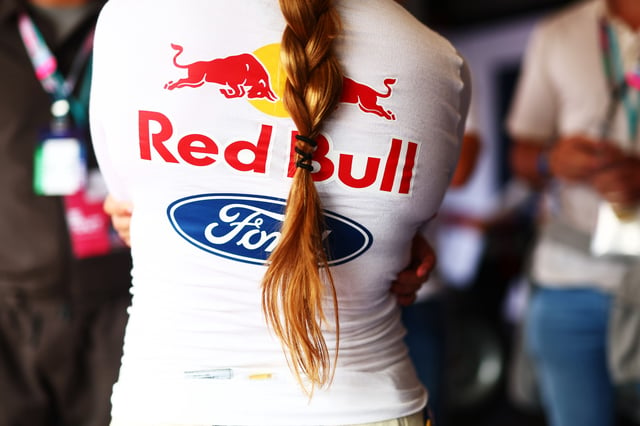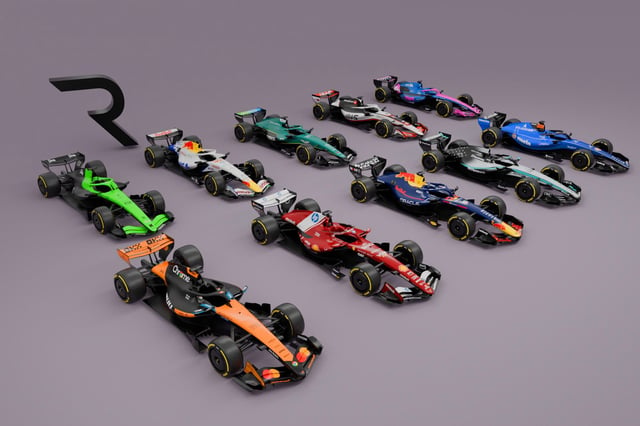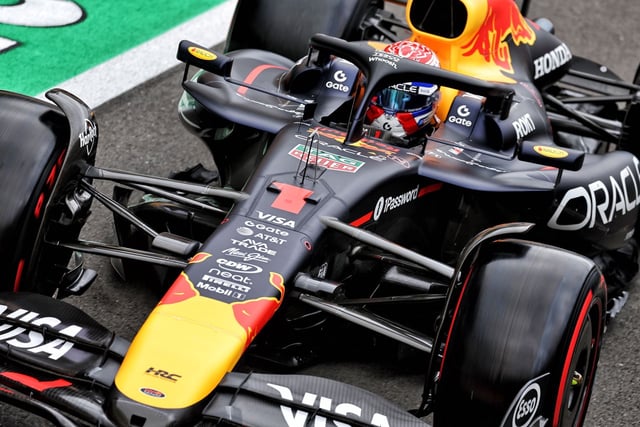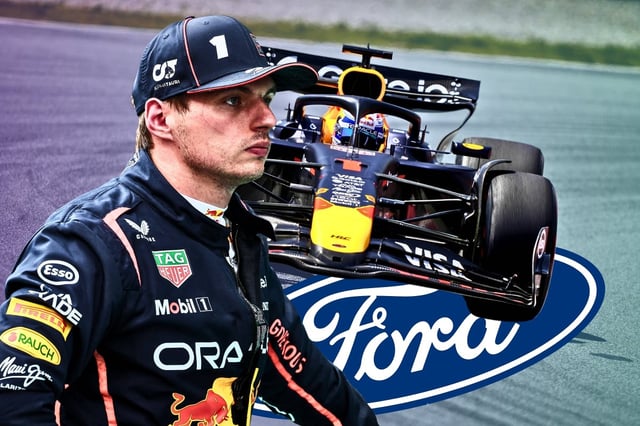Overview
- Ford’s Mark Rushbrook says the company is now embedded in Red Bull’s 2026 effort beyond hybrid systems, contributing to combustion‑engine work, parts production and operational tasks across almost the entire car.
- FIA single‑seater director Nikolas Tombazis expects cars to be roughly one to two‑and‑a‑half seconds per lap slower at the start of 2026 based on simulations, with development anticipated to recover performance.
- Drivers report a steep adaptation: Charles Leclerc says they must erase years of muscle memory, Alex Albon highlights heavier energy‑management demands, and Lewis Hamilton frames the shift as a major but motivating learning curve.
- Team simulations diverge on race dynamics, with Williams principal James Vowles indicating overtaking should remain viable through energy deployment strategies and active aerodynamics despite the end of DRS.
- New entrants press on with timelines, as Cadillac’s Graeme Lowdon notes a live countdown to the first PU‑car fire‑up and to the team’s grid debut at the 2026 Australian Grand Prix.



